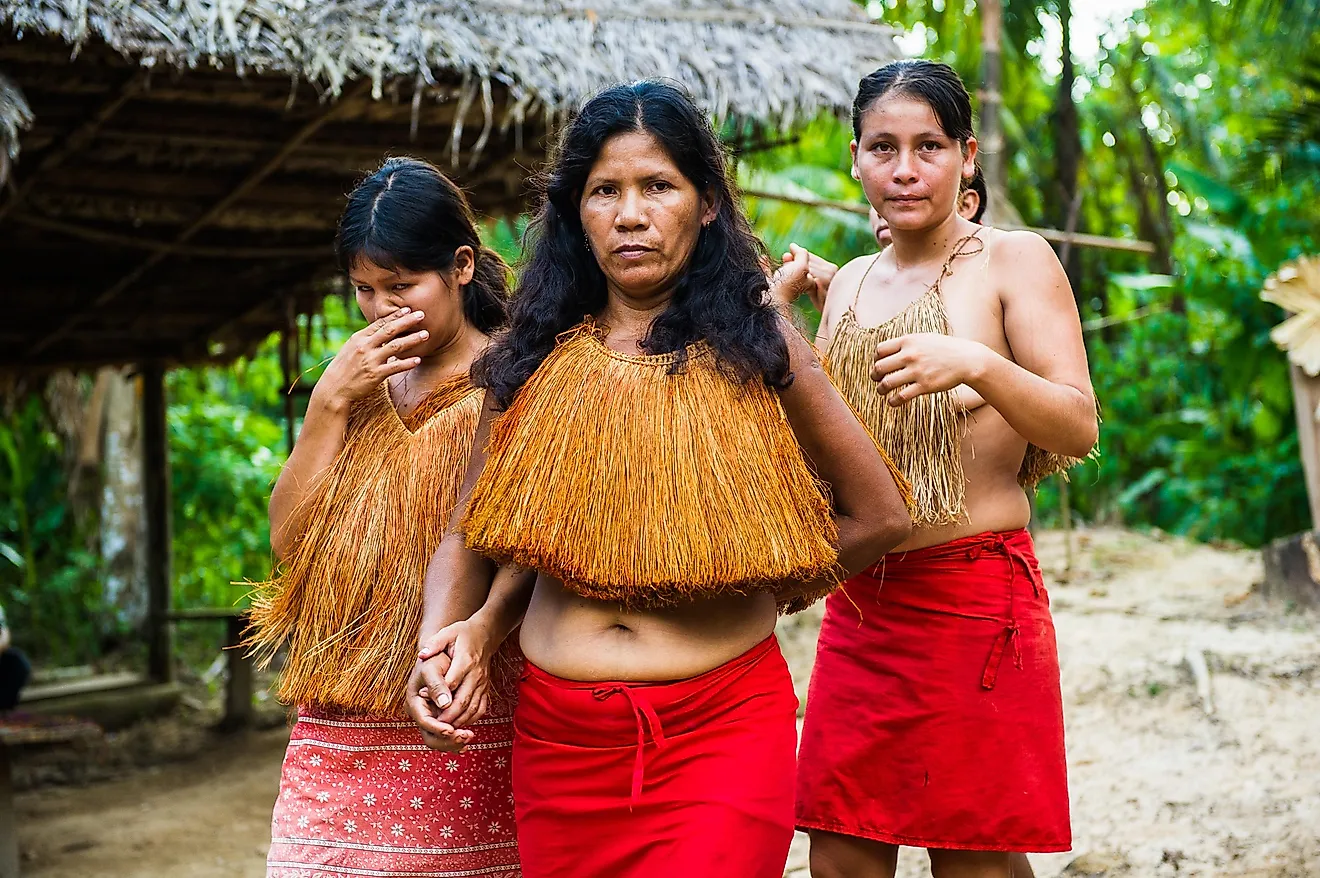The Sorb People - Cultures of the World

5. Description
The Sorb people, or Wends, are a small group of Western Slavs living mainly in Lusatia, a region that straddles the German states of Saxony and Brandenburg near the German borders with Poland and the Czech Republic. The River Spree bisects the region, and a Sorb population of around 60,000 lives along its length, with most living in rural villages and two larger cities, namely Bautzen and Cottbus. Modern Sorbs are the remnants of a Slav migration that first moved into the area 1,400 years ago. They traditionally speak Sorbian, a language closely related to Czech and Polish, and protected by legislation as a German minority language.
4. Architecture
The Sorbs formerly lived in an advanced form of Slavic block houses called ‘Schrotholzhaus’. Such constructions involved tree-trunks cut into four-sided logs, which would then be piled up to form a seamless exterior. German settlers in Lusatia later combined this method of construction with their skill at building half-timbered houses to create the ‘Umgebindehaus’, which is typical for the area south of Bautzen in Saxony. These Schrtholzhaus dwellings were largely replaced by brick houses in the 19th Century, and examples of these traditional structures are are now few and far between in the region. Urban Sorbs today live in a variety of buildings typical to those in other modern German cities.
3. Cuisine
When it comes to cuisine, most Sorbian dishes are simple. This is unusual for the region they live in, and in sharp contrast to the fare of neighboring Slavic peoples such as the Czechs, who prefer richly-dressed meat dishes. many Sorb dishes are considered to be very healthy, with a good example of a healthful sorb dish being boiled potatoes with linseed oil and curd. Millet seed has been a prominent feature in Sorb cuisine since time immemorial, and is still used extensively today. Some of the most well-known and common Sorb millet-based dishes include "Hirsekraut" (millet and cabbage), "Milchhirsche" (millet made with milk), and "HirsekloBe" (dumplings made from millet). "Bundele" (Sorbian for little bundles) is another special dish made from millet. The cereal grain is cooked until thick, and then mixed with lard or flaxseed oil. The added fat makes it more easy to mold into balls, which are then wrapped within cabbage leaves, and the entire cabbage-covered balls of millet and cooking fat are then braised, and then finally ready to consume.
2. Cultural Significance
The Sorbs are one of just four national minorities left in Germany, and have been under constant pressure to integrate with, and assimilate into, the German majority population. Pressure was increased to a lethal level when the Nazis came to power in the 1930s, banning all Sorbian organizations and periodicals, and arresting and imprisoning their intellectuals and public figures. Nonetheless, the Sorbs continued to teach their children their language and their customs in secret, and circulated their literature clandestinely. Today, they remain stubbornly dedicated to preserving their language and folk culture. Every summer, Sorbs from all over the region gather at the village of Werben to celebrate "lapanje kokota," a reenactment of an ancient fertility rite supposed to ensure a fruitful harvest.
1. Threats
The Sorbs' determination to preserve their heritage has borne fruit in generous state funding, allowing them to maintain umbrella organizations such as Domowina, which promotes Sorbian arts. In recent years, however, such German governmental funding has been significantly reduced for these purposes, due to internal disagreements about the distribution of the funding. In 2008, the Domowina issued a memorandum to the European Union calling for help and warning of the threat of Sorbian cultural extinction due to this reduction in funding. Though they wish for external support, the resourceful Sorbs are helping themselves too, with such projects as the Witaj Kindergarten Project, in which children are taught Sorbian language and cultural practices within a playful environment.











